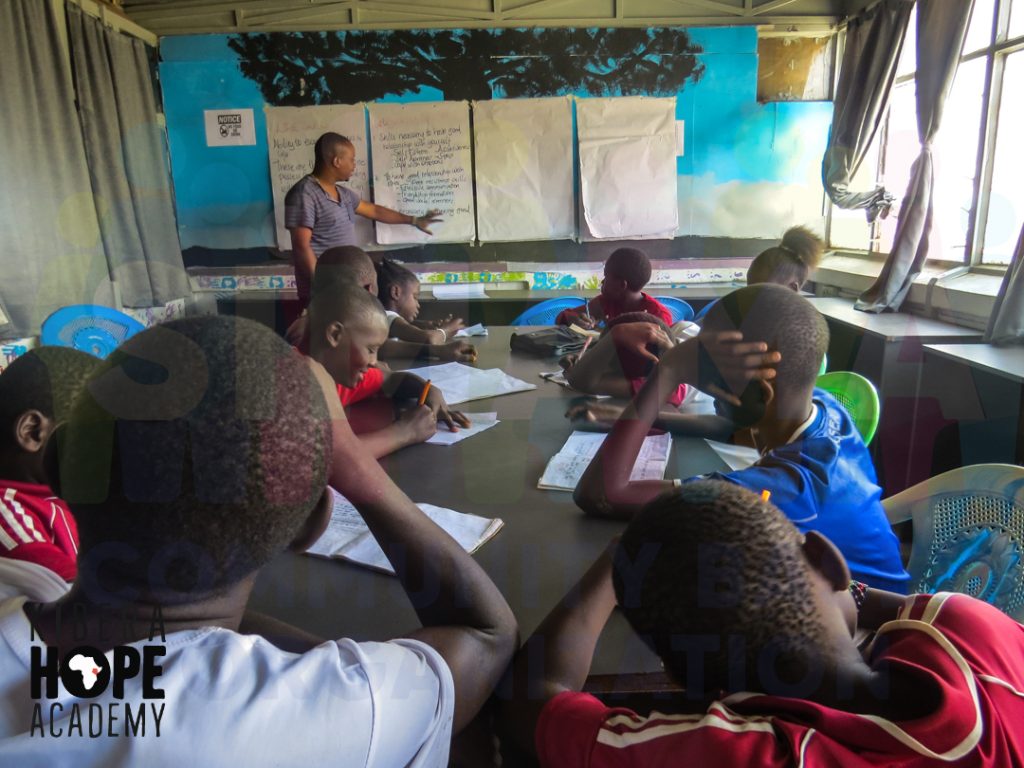In the dynamic arena where sports and academics intersect, football stands out as a powerful catalyst for personal growth and academic achievement. Beyond the roar of the crowd and the thrill of the game, football has woven itself into the very fabric of education, imparting invaluable lessons that extend far beyond the field. Thats why sima advocates for SDGs quality education.

One of the most evident ways in which football contributes to education is through the cultivation of essential life skills. Teamwork, discipline, leadership, and time management are just a few of the virtues instilled in players through their involvement in the sport. These qualities, honed on the football field, seamlessly translate into the classroom, fostering an environment where students are better equipped to navigate the challenges of academic life.
Moreover, the structured nature of football programs aligns with the principles of a well-rounded education. Student-athletes learn to balance their physical pursuits with academic responsibilities, developing a sense of responsibility and accountability. The rigorous training schedules and commitment required for football mirror the dedication necessary for academic success, creating a holistic educational experience.

Football also serves as a unifying force within educational institutions. From spirited pep rallies to the camaraderie forged among teammates, the sport fosters a sense of community that extends throughout the entire student body. This communal spirit can contribute to a positive and supportive learning environment, where students feel connected to their peers and are more likely to engage actively in their education.
Furthermore, the scholarship opportunities provided by football can open doors for education that might otherwise remain closed. Many student-athletes leverage their skills on the field to secure scholarships, enabling them to pursue higher education without the burden of exorbitant student loans. This not only promotes inclusivity but also underscores the transformative power of football in facilitating educational access and equity.
In conclusion, the relationship between football and education is not merely coincidental; it is a symbiotic partnership that enriches the lives of individuals and strengthens the educational landscape as a whole. As students lace up their cleats and don their jerseys, they embark on a journey that goes beyond touchdowns and tackles, shaping them into well-rounded individuals poised for success both on and off the pitch.

Under 11yrso boys football team undertaking mentorship session.


